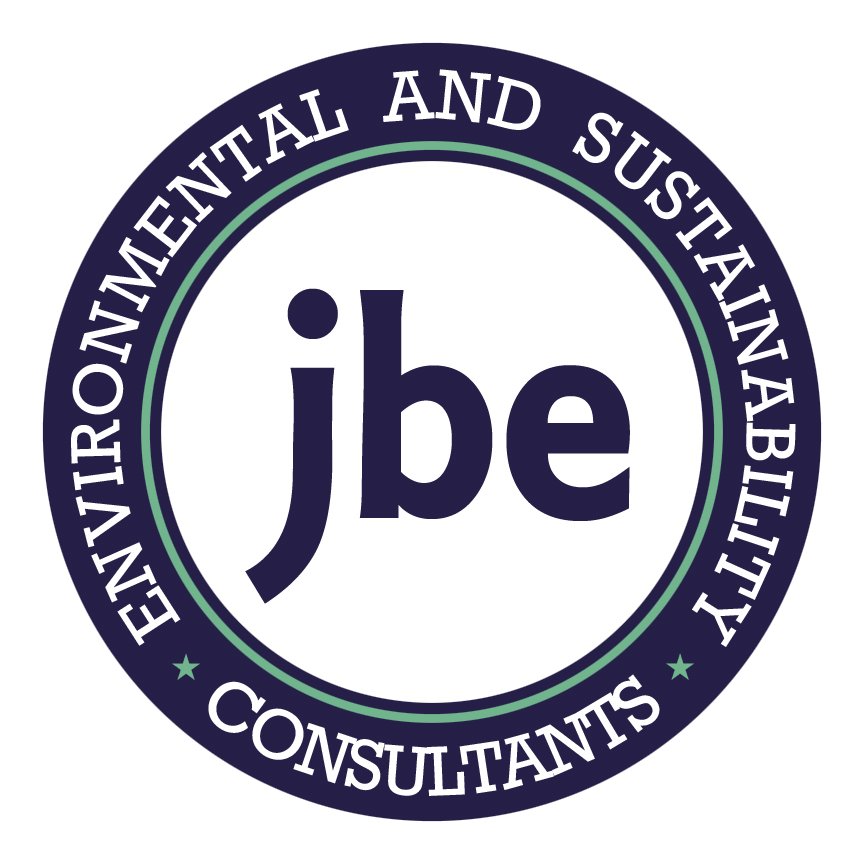Environmental, Social and Governance (ESG) Strategy and Disclosures
What
Environmental Social and Governance (ESG) reporting protocols have been developed by a wide variety of trade associations, financial interests and NGOs. Regardless of the exact format, these all seek to provide a process for reporting the status of various program elements (listed below), either via a measurement or a score based on various possible descriptors:
Economic
Safety
Environmental
Social
Governance
Given the increasing importance of ESG reporting, the way the report results may come out will begin to be an important input into the sustainability plan as it changes over time.
Why
The intent behind ESG reporting is to enable those outside the company to compare companies in spite of the challenge posed by diversity in type of products or services, geography, or size. The diversity of protocols that have emerged is making this objective difficult to achieve.
Regardless, driven increasingly by financial institutions, reporting by one or more appropriate schemes is becoming increasingly an expectation.
How
Many of the protocols (such as IPIECA for example) have gone beyond providing the framework and have provided guidance on the envisioned process. As a consequence, the reporting process starts by locating and understanding the appropriate roadmap.
If one does not exist for the protocol of choice, it might make sense to review others anyway to gain ideas that may be portable. New documentation is being developed at a surprising pace.
The process:
Planning - Once the context has been established, most companies will take the time to develop the plan for how data will be gathered and analyzed to develop the report.
Engaging Stakeholders - Learning what stakeholders find important when confronted with choices is valuable information to inform the relative level of effort as well as the importance of making progress in specific areas.
Material Issues - Most protocols allow the reporting company some flexibility in designating which specific topics will be the material issues covered by the report.
Data Gathering Analysis - Based on the steps above, the company will gather data to report on the material issues and along with that, the company will determine what narrative will accompany the results.
Report Development - The results, and how they are analyzed, form the input to the report formatting. Because of its implications, internal reviewers will need to focus on what future actions might be appropriate based on the story the report tells.
Provide Assurance - Various protocols may be specific as to what assurance is required (e.g., internal and/or external) and how it is to be performed.
Impact
The report should sell itself. If the company has done a good job with it, those who read it (or at least key parts of it) will come away with a favorable impression of the company's progress and its future plans and can compare that to competitors.
This comparison is bound to lead to pressure for continually improving the scores.
